How To Choose Dental Vacuum System For You Practice?
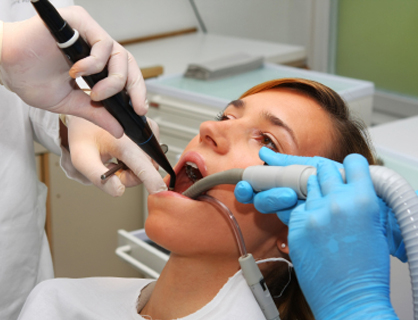
Your dental practice vacuum system is not the most glamorous piece of equipment in your office, but without it, your day comes to a screeching halt. The newest dental vacuum systemsare being made to be stronger and more durable than ever while keeping the noise level to a minimum. Remember to find a system with the capacity to provide suction to every one of your treatment rooms. Space is another important consideration when looking for a vacuum. Be sure the system you choose will fit in your practice utility room. If you are renting your facility, or are in a shared space it is important to make sure the vacuum you choose doesn't conflict with any restrictions or leasing agreements. As a vital piece of equipment in your practice, it is important to have your vacuum system up and running every day.
What is the difference between Normal Vacuum System and Central Vacuum System?
Attentive dentists will find that when they purchase dental units from us, our sales will ask them if need to connect to the central vacuum system. This is since the piping inside the dental unit needs to be specially designed to match the connection of the central vacuum system for the best suction effect. So, what is the difference between Normal Vacuum system and Central Vacuum System?
Normal Vacuum System
Normal Vacuum System the suction power is from the dental unit, NO additional auxiliary machines.The dental unit's suction power depends on air and water pressure. Air pressure control strong suction, water pressure control weak suction.
The advantages of this design is don't need to connect a central suction machine, you can save place and money. The disadvantages of this design is:
1. Unstable and very weak suction power.
2. Easy to block.
3. Expendable resources (water and compressed air).
4. Failure to meet surgical suction requirements.
5. Easy to produce secondary pollution.
Here you can see the dental unit internal piping diagram of a normal vacuum system.
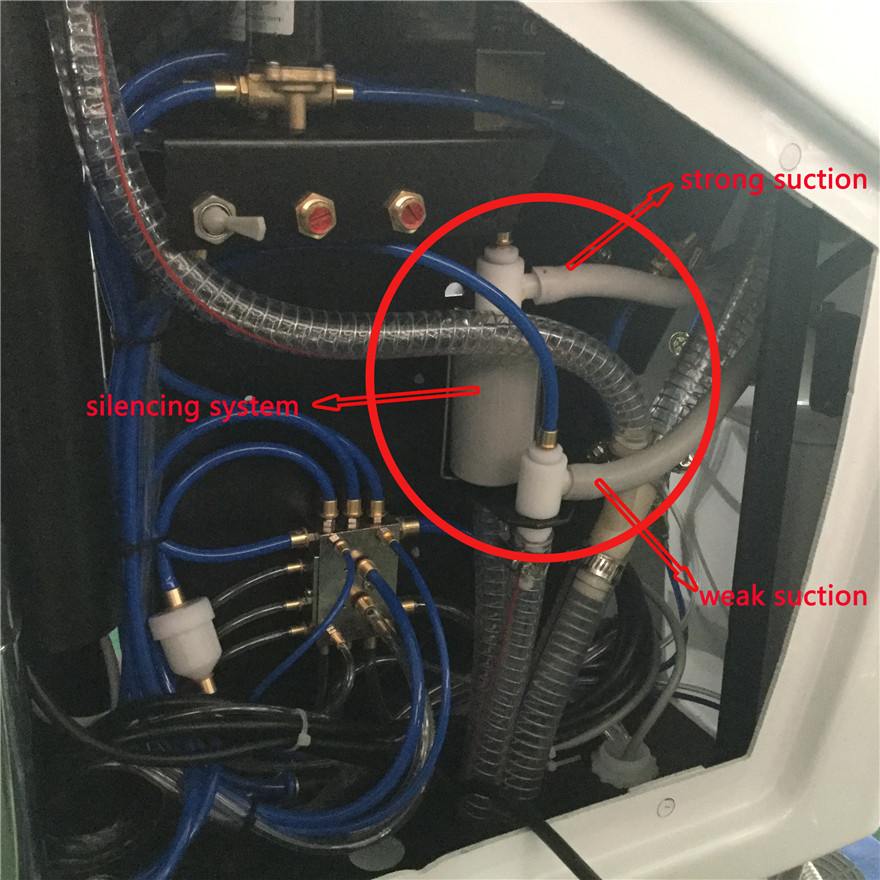
Central Vacuum System
Central Vacuum System the suction power is from the additional suction machine.It can make up for all the shortcomings of a normal vacuum system. Now more and more dental practice chooses the Central Suction System. We can say it is “heart and lungs” of your practice. Central vacuum system allows the doctor and staff to keep the oral cavity clean to work in. Having a well-designed and functioning central vacuum system also provides comfort to the patient because saliva and other liquids can easily be evacuated from their mouth during procedures. If your vacuum system goes down, your practice cannot function.
Here you can see the dental unit internal piping diagram of a central vacuum system.
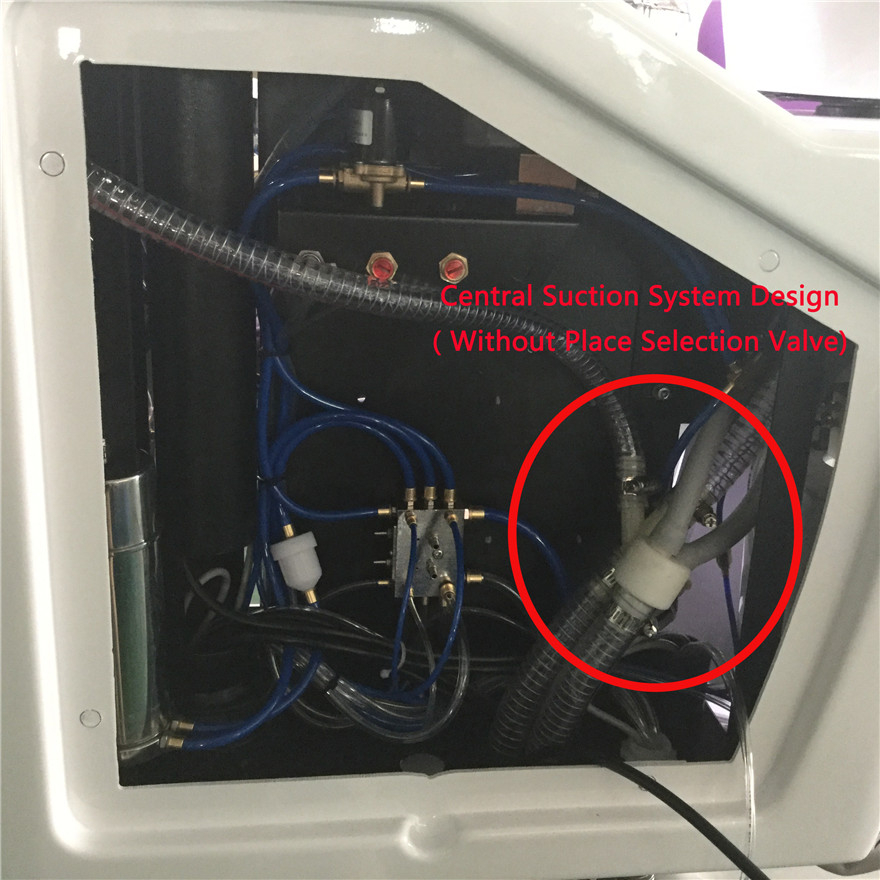
Central Vacuum System with a place selection valve.
About the "place selection valve", it is like a negative pressure switch. When the switch is turned on, the negative pressure will enter the dental unit. When the switch is closed, the negative pressure will not enter. This design will reduce the workload of the central suction machine. Thus, the work efficiency is improved.
If one central suction machine supports more than 2 sets dental unit to work, add the place selection valve in the dental unit is better.
Here you can see the dental unit internal piping diagram of a central vacuum system with a place selection valve.
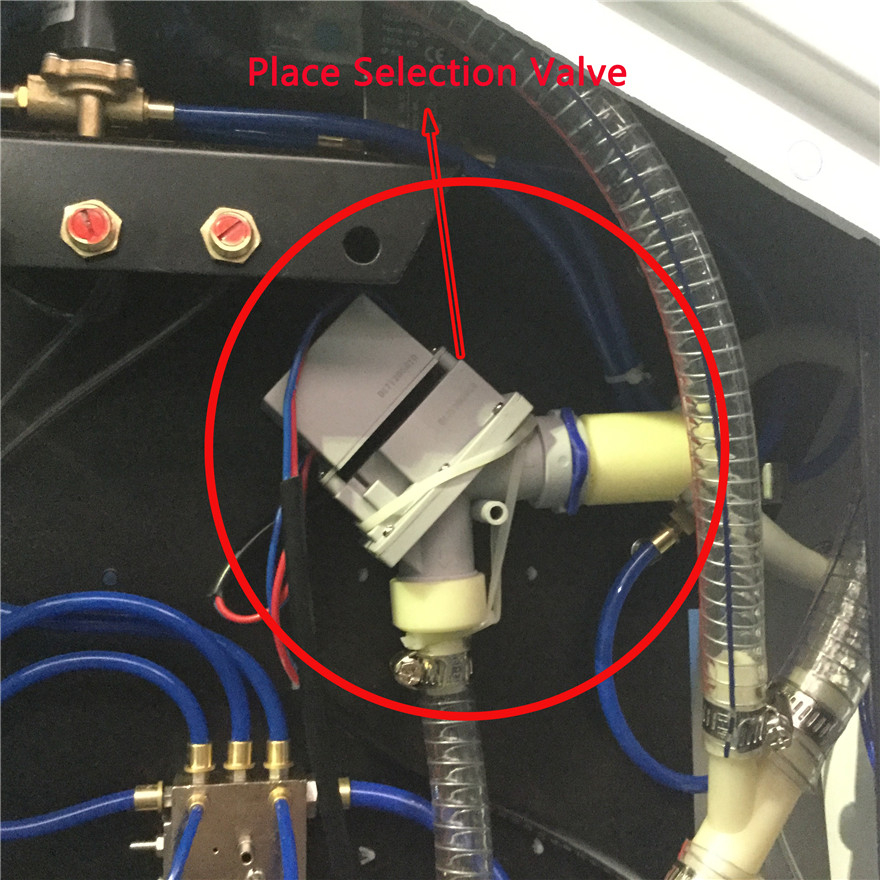
Below, we’ve put together a quick guide to selecting the right central vacuum system for your practice!
There are two types of dental central vacuum system: wet vacuum and dry vacuum.
Wet Vacuum System
Advantages
• The initial investment cost is significantly less than a dry system.• Savings in cost of equipment when installing redundant second motor versus the dry system
• Requires less square footage in the mechanical room
• Typically quieter than a dry system, which provides more flexibility for placement of a system in the office
Disadvantages
• Increased water utility bill due to the usage of water for suction• Inconsistent suction with multiple users
• Potential for higher maintenance costs due to recirculation systems that can stress vacuum motors
• If there is only one motor and it fails, the system is not functional until the motor is fixed
Dry Vacuum System
Advantages
• Reduction or elimination of water used for suction, which decreases the ongoing cost of the unit dramatically (water bill reduction)• Variable speed motor allows a more consistent vacuum flow for multiple users
• More efficient electrical use reduces electrical utility costs
• Less maintenance required
• If the motor fails, the system can be connected to a shop vacuum to provide emergency suction until a TechEdge service technician arrives to fix
Disadvantages
•The initial cost of equipment is significantly higher than a wet vacuum system• Dry vacuum unit can be loud, requiring its installation location to be farther away from the treatment rooms
• Larger square footage requirement in mechanical room due to size of equipment and requirement for venting/cooling
• Cost to install second motor for redundancy signifi cantly higher than wet options

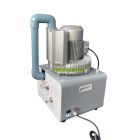
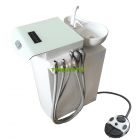
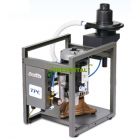
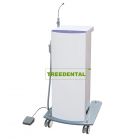
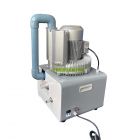
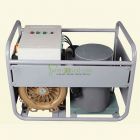
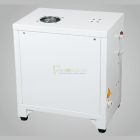
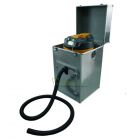

 Customers rate us 5.0/5 based on 1000+ reviews.
Customers rate us 5.0/5 based on 1000+ reviews.